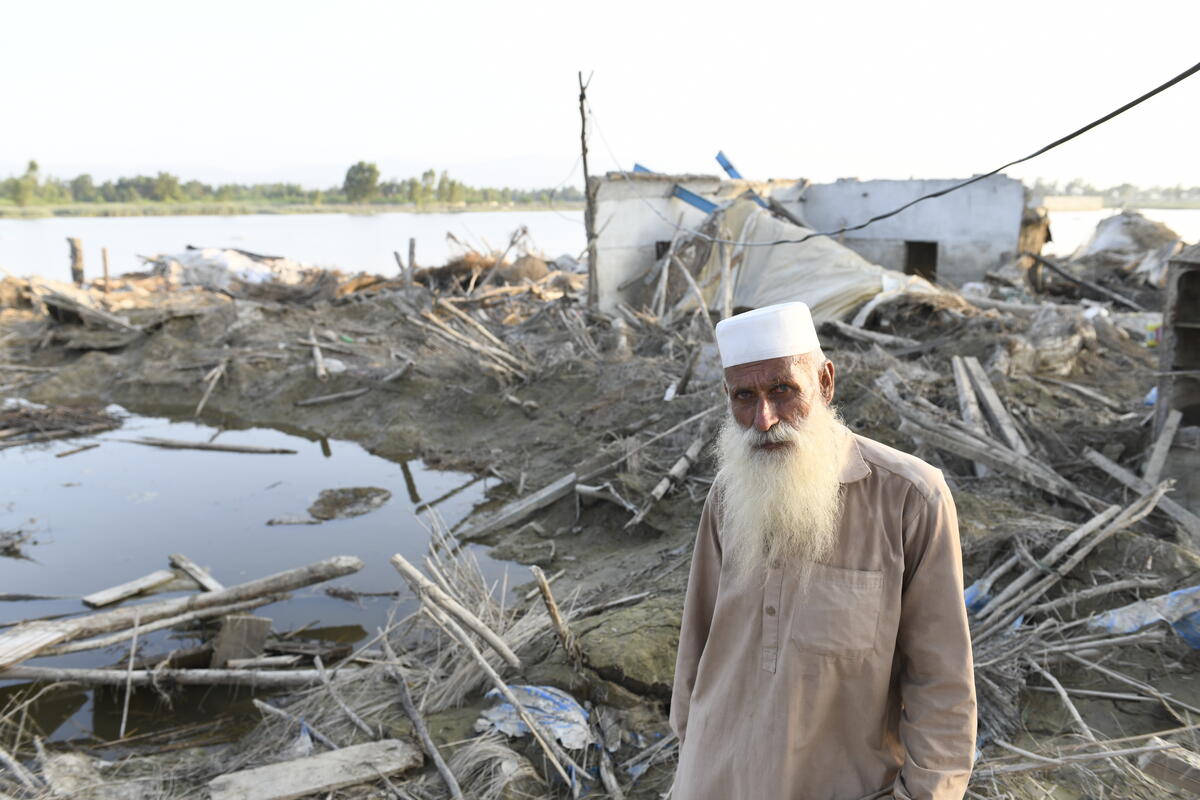Emergency assistance programme for Somalis in Kenya's Dadaab camp
Emergency assistance programme for Somalis in Kenya's Dadaab camp
UNHCR is seeking $92 million to ease the plight of nearly 250,000 Somalis in one of the world's oldest, largest and most congested refugee sites amid growing fears of even more arrivals as the situation in Somalia deteriorates.
The emergency assistance to Somali refugees in Dadaab, Kenya, focuses on relieving dramatic overcrowding in three adjacent camps that are now three times their initial capacity, with thousands more people continuing to arrive each month. The 17-year-old Dadaab camp complex is located in remote eastern Kenya near the Somali border.
With the continuing conflict in their homeland showing no sign of abating, more than 60,000 Somalis have crossed into Kenya so far in 2008. Most come from Mogadishu and the Lower Juba regions of Kismayo, Jamame and Afmadow. The ongoing crisis is further compounded by severe drought conditions, food insecurity and periodic heavy flooding in the Horn of Africa.
High Commissioner António Guterres spent two days in Dadaab in June, when he pledged to camp residents that UNHCR would develop a comprehensive plan to address the twin problems of congestion in the camp and the legitimate socio-economic concerns of the host community. He says action is needed now to improve general living conditions among a refugee population that has already suffered far too much. At the same time, we need to be prepared for the possibility of continued instability in Somalia and the outflows associated with that.
The programme will include the construction of two new camps to ease the congestion in the three existing Dadaab sites as well as meet the needs of new arrivals from Somalia. UNHCR and the Kenyan government are actively searching for additional land to construct the new camps, which would each shelter up to 60,000 people. Additional funds are also needed for protection and legal assistance; complementary and supplementary feeding; and provision of basic household supplies. Other activities include ensuring access to basic services through community-based projects for the Kenyan host community, which has been extremely generous over the years.








